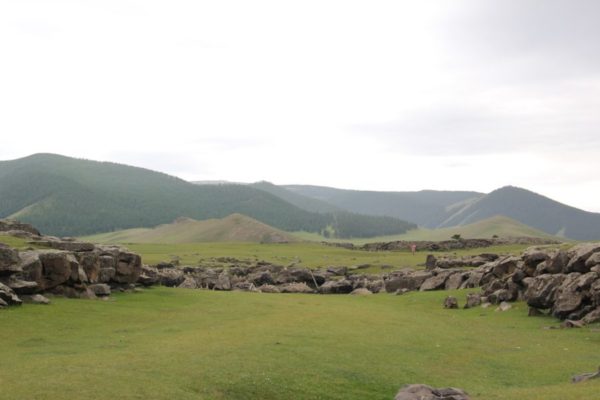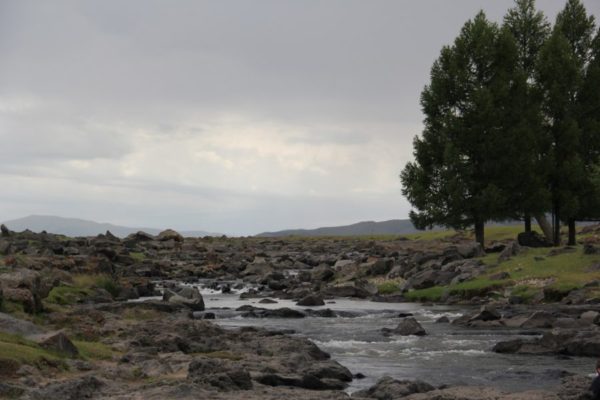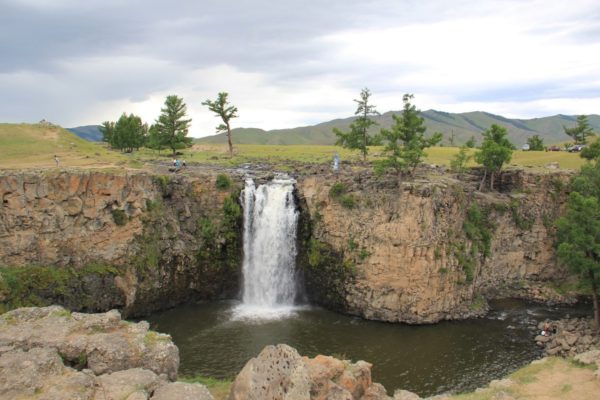Where is Orkhon Waterfall?
The Orkhon waterfall is a breathtaking natural wonder located in the southwest end of the Orkhon River valley above Kharkhorin. This stunning landscape was formed by volcanic activity, leaving behind a solidified basalt stream that runs through the middle of the valley. To reach the waterfall, one would have to travel 80 kilometers down a notoriously bad road from the town of Khujirt. However, the journey is well worth it as the Orkhon waterfall stands tall at 20 meters high, cascading into the Ulaan River which flows into the western part of the Orkhon River, 132 km from Kharkhorin Sum, Ovorkhangai Province.
Layer of Lava
The Orkhon River flows through volcanic rocks for approximately 130 km from the Gyatruun ridge to the Kharkhorin Sum. During the Quaternary period, a volcano erupted at the head of the Tsagaan Azarga River, which originates from the Khangai mountain range. The hot molten material then flowed down the Orkhon valley, forming a layer of chert stone several tens of kilometers thick. As the Orkhon River flowed through this rocky terrain, it sawed through the stone pavement, creating the stunning gorge that we see today.
Visitors to the Orkhon waterfall can descend through the rocks into the gorge, which lies approximately 100 meters below. Here, they can take a refreshing dip in the icy cold water if they are feeling adventurous. During winter, the waterfall is frozen, creating a particularly beautiful photo opportunity.
Petroglyphs
The Orkhon waterfall site also boasts a fascinating piece of history. On the rock next to the small waterfall of Orkhon, visitors can see a stone carving of a hunting animal. The first group of images on the rock depicts four wolves chasing an antelope, with the gazelle shown running with its head held high. There are also two images of deer, showing only the head and neck, with a horse lying cross-legged between the legs of a full-figured deer above them.
Some researchers have suggested that the horse may actually be a bear, based on the depiction of the horse with erect ears. The deer is designed in the same fashion as the one on the deer stone. In the second group of images, there is an ibex with a long tail and long horns that are slightly bent back, as well as a cross-like sign that resembles a bird.










